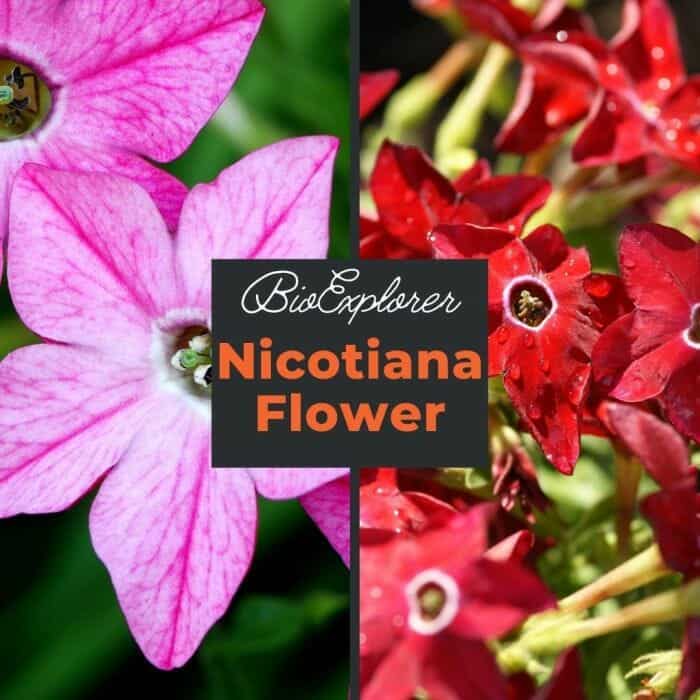
Nicotiana is a genus of herbaceous shrubs and plants in the Solanaceae (nightshade) family. The 67 species of Nicotiana[1] are native to tropical South America, North America, and Australia.
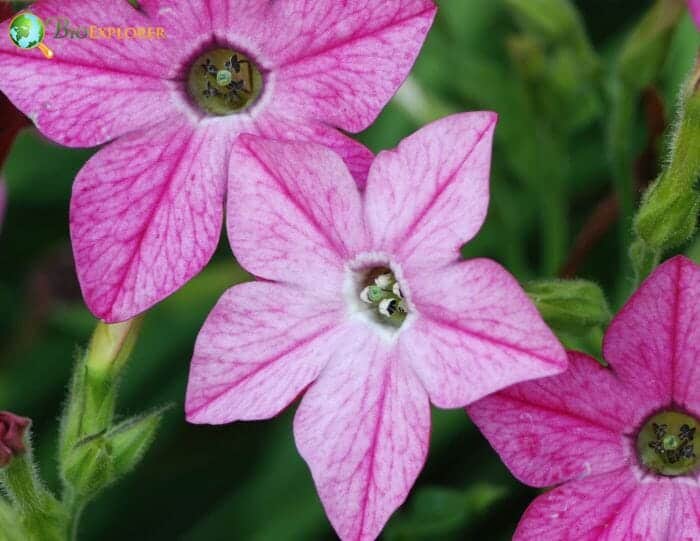
Several species of Nicotiana, commonly known as tobacco plants, are grown as ornamental garden plants. Growing Nicotiana in an ornamental flower bed brings a variety of colors and shapes with it.
Nicotiana species, notably Nicotiana tabacum and Nicotiana rustica, are members of a diverse genus native to the Americas, with both species widely cultivated and used in Mexico and Central America since pre-Columbian times.
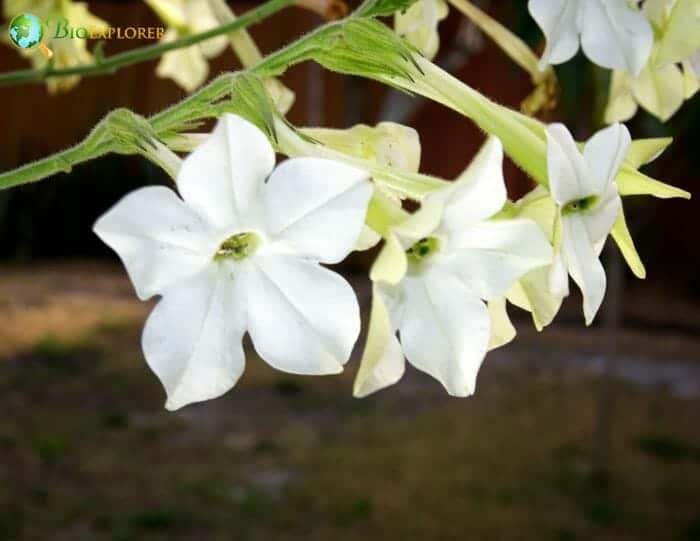
While celebrated primarily for their role in tobacco production, Nicotiana plants also display clusters of tubular flowers in shades of white, pink, yellow, or green, many of which emit a sweet fragrance at night to attract moth pollinators.
Indigenous peoples of Mexico and Mesoamerica revered these plants, employing them in ceremonial, medicinal, and spiritual contexts long before the arrival of Europeans.
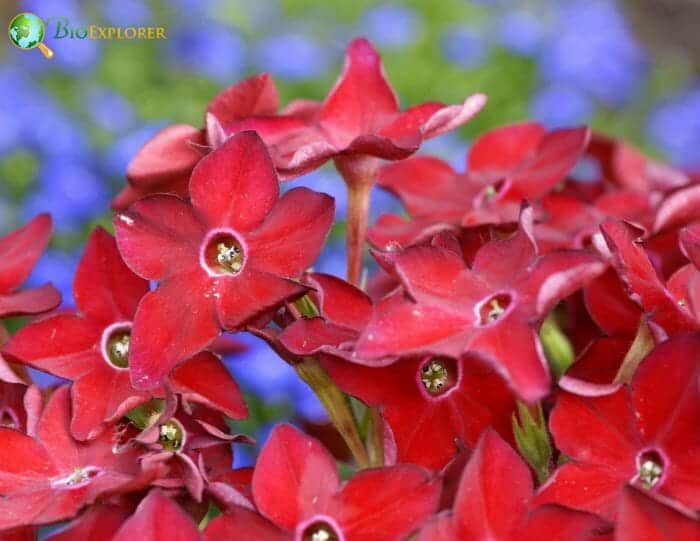
Today, ornamental Nicotiana varieties are valued for their night-blooming beauty, and wild relatives continue to grow across Mexican landscapes. The deep association of Nicotiana with ancient rituals and religious practices remains a prominent subject in anthropological and ethnobotanical research.
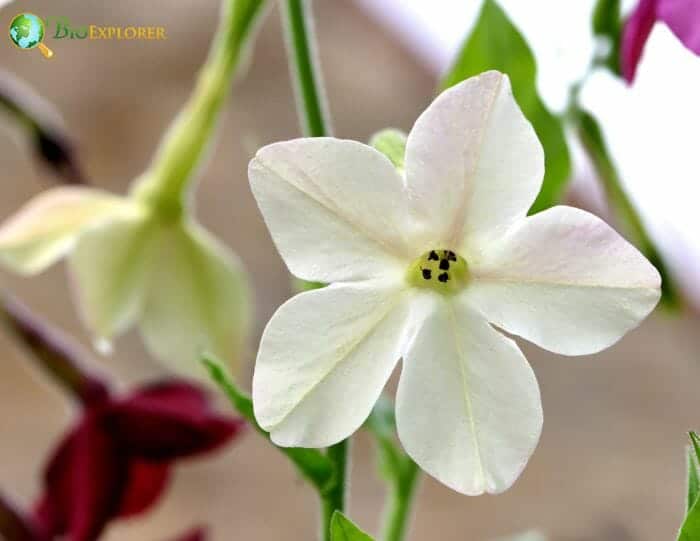
Excellent as bedding plants, the smaller varieties of the Nicotiana plant will only grow to a few inches (8 cm). In contrast, others can grow up to 5 feet (1.5 meters) tall.
Different sizes of Nicotiana flowers can be used on the back or front of a border and make for a lightly scented experience on calm days, particularly at night.
The flowers of flowering Nicotiana (Nicotiana alata) are tubular and grow moderately. Flowering Nicotiana is most commonly grown and sold annually, although some types of Nicotiana flowers are short-lived perennials.
The Nicotiana flower is borne in clumps on multi-branched stems and grows in red, purple, white, and pink tones.











